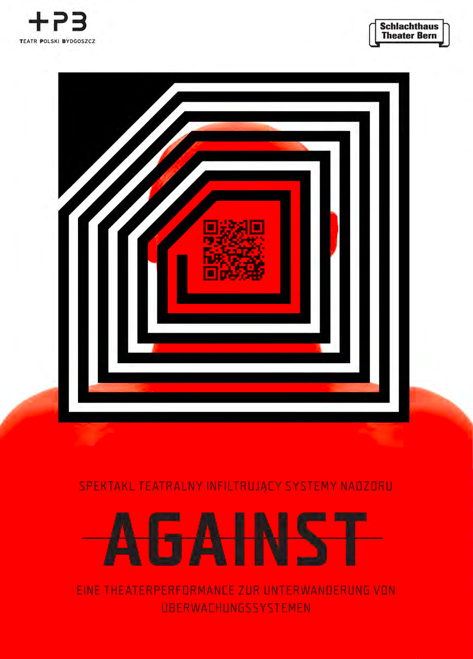Big Data und NSA – Am Lügendetektor – Planet Blue Coat Redux: Amerikanische Internet-Zensur Infrastruktur auf der ganzen Welt gefunden
Der Draft für HTTP/2.0 ist draussen
Siehe die IETF:
The Hypertext Transfer Protocol (HTTP) is a wildly successful protocol. However, the HTTP/1.1 message format ([HTTP-p1], Section 3) is optimized for implementation simplicity and accessibility, not application performance. As such it has several characteristics that have a negative overall effect on application performance.
In particular, HTTP/1.0 only allows one request to be delivered at a time on a given connection. HTTP/1.1 pipelining only partially addressed request concurrency, and is not widely deployed. Therefore, clients that need to make many requests (as is common on the Web) typically use multiple connections to a server in order to reduce perceived latency.
Furthermore, HTTP/1.1 header fields are often repetitive and verbose, which, in addition to generating more or larger network packets, can cause the small initial TCP congestion window to quickly fill. This can result in excessive latency when multiple requests are made on a single new TCP connection.
This document addresses these issues by defining an optimized mapping of HTTP's semantics to an underlying connection. Specifically, it allows interleaving of request and response messages on the same connection and uses an efficient coding for HTTP header fields. It also allows prioritization of requests, letting more important requests complete more quickly, further improving perceived performance.
The resulting protocol is designed to have be more friendly to the network, because fewer TCP connections can be used, in comparison to HTTP/1.x. This means less competition with other flows, and longer- lived connections, which in turn leads to better utilization of available network capacity.
Finally, this encapsulation also enables more scalable processing of messages through use of binary message framing.
